Battleship Yamato – History and Facts | ModelSpace
Throughout history, there have been some true leviathans of the sea in the form of elite battleships. Some of these include the USS Iowa, Germany’s Bismarck-class, and the Royal Navy’s last battleship, the HMS Vanguard. But as impressive as these are, none can compete with the largest and most powerful of them all – the Yamato class battleship. Read on to see what made the Yamato so impressive, and what impact it had on naval history!
Creating the biggest battleship
Following their withdrawal from the Washington Naval Treaty, which put limitations on the power and size of capital ships, the Japanese government recognised their naval shortfalls, especially against the might and output of USA’s shipyards. With the prospect of war on the horizon, Japan designed and constructed the Yamato class, ignoring previous rules set for such naval vessels.
Such was the enormity of this battleship class, that the dockyard in Hiroshima had to be modified in order to accommodate the Yamato’s hull – it was deepened by one metre, and specialised gantry cranes capable of moving 350 tonnes were installed. Laid down on November 3, 1937, construction was a closely guarded secret until the Yamato’s launch on August 8, 1940. With a full load displacement of 72,800 tonnes, this battleship easily dwarfed its predecessors, and its size has never been surpassed.
The Yamato was given black camouflage for a nighttime transit of the San Bernardino Strait
The Yamato’s first operations
On February 12, 1942, the Yamato became the flagship of Japan’s Admiral Isoroku Yamamoto’s Combined Fleet. Mastermind of the decisive attack on Pearl Harbor, as well as an emphatic victory over Russia at the Battle of Tsushima, Yamamoto made plans to engage the US Navy at Midway Island. Unfortunately, this proved to be a disaster – US code breakers became aware of the plans, and Yamamato’s attempt to trap the Americans left his battleships too far from engagements. After losing four fleet carriers and 332 aircraft, Yamamoto ordered his remaining fleet to return to Japan.
Significant battles of the Yamato class
Over the course of their history, the two ships of the Yamato class, the Yamato and Musashi, were involved in a number of battles against US fleets. Below is an overview of some of these battles:
- Battle of the Philippine Sea (June 19-20, 1944) – the largest carrier-to-carrier battle in history, which involved 24 aircraft carriers, and roughly 1,350 aircraft. The Japanese lost three aircraft carriers and 426 aircraft, and the Yamato mistakenly opened fire on Japanese aircraft.
- Battle of Leyte Gulf (October 23-26, 1944) – considered the largest naval battle of WWII, and possibly the largest naval battle in history, with more than 200,000 personnel involved. Following an American invasion of the Philippines, the Yamato was given black camouflage for a nighttime transit of the San Bernardino Strait. The Japanese fleet was attacked in Palawan Passage on October 23 by American submarines USS Darter and Dace, resulting in two sunken Takao-class heavy cruisers.
- Battle of the Sibuyan Sea (October 24, 1944) – the Japanese fleet lost three more heavy cruisers after US carrier aircraft sortied 259 times. Aircraft launched from the USS Essex hit the Yamato with two armour-piercing bombs and scored an additional near miss. The Yamato remained battle worthy, despite taking on 3,370 tonnes of water. The Musashi was targeted more heavily, and sunk after being struck by 19 torpedoes and 17 bombs.
The Yamato would be sacrificed by being beached to act as an unsinkable gun emplacement
Operation Ten-ichi-go
In the final lead up to their planned invasion of Japan’s mainland, Operation Downfall, Allied US forces invaded the island of Okinawa on April 1, 1945. In response, The Imperial Japanese Navy organised a mission of their own – Operation Ten-ichi-go, or “Heaven Number One”. This mission involved the Yamato and nine escorts, the Yahagi cruiser and eight destroyers, sailing to Okinawa. Once there, they were to be joined by kamikaze and Okinawa army units in order to stage an attack on the assembled Allied forces. Following this attack, the Yamato would be sacrificed by being beached to act as an unsinkable gun emplacement until its eventual destruction.
Unfortunately for the Japanese, their execute order was intercepted and decrypted, so Senior US Navy commanders including Admiral Raymond Spruance, Commander of the US Fifth Fleet knew of the Yamato’s mission in advance. With its overall size and strong armaments – nine 18.1-inch guns – the battleship Yamato was considered Japan’s best chance of destroying the Allied fleet off the coast of Okinawa. However, a lack of fuel and insufficient air cover resulted in a suicide mission. On April 7, 1945, more than 300 nautical miles from Okinawa, the Yamato sank after being hit by 19 aerial torpedoes. Including 2,498 of the Yamato’s crew, approximately 4,242 Japanese sailors lost their lives that day.
Named after the ancient Japanese Yamato Province, the Yamato was designed to rival the numerically superior naval fleet produced by the United States at the time. Larger than any battleship before and after her, the Yamato remains one of history’s most significant naval achievements. Consisting of over 500 wooden parts and 1,200 pieces cast in metal, our 1:250 scale Yamato is a stunning replica of Japan’s famous World War II flagship. Order your full kit now and capture your own piece of naval history!

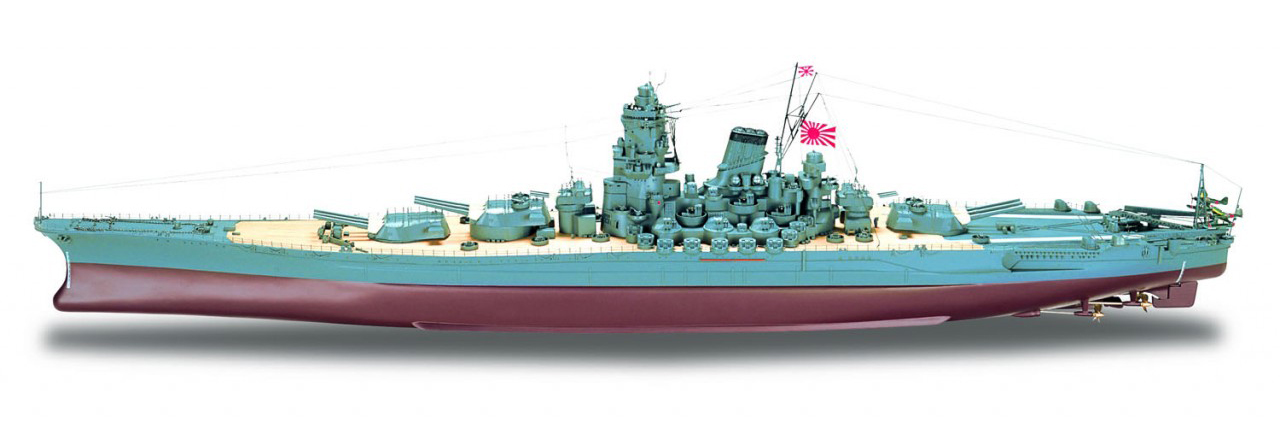
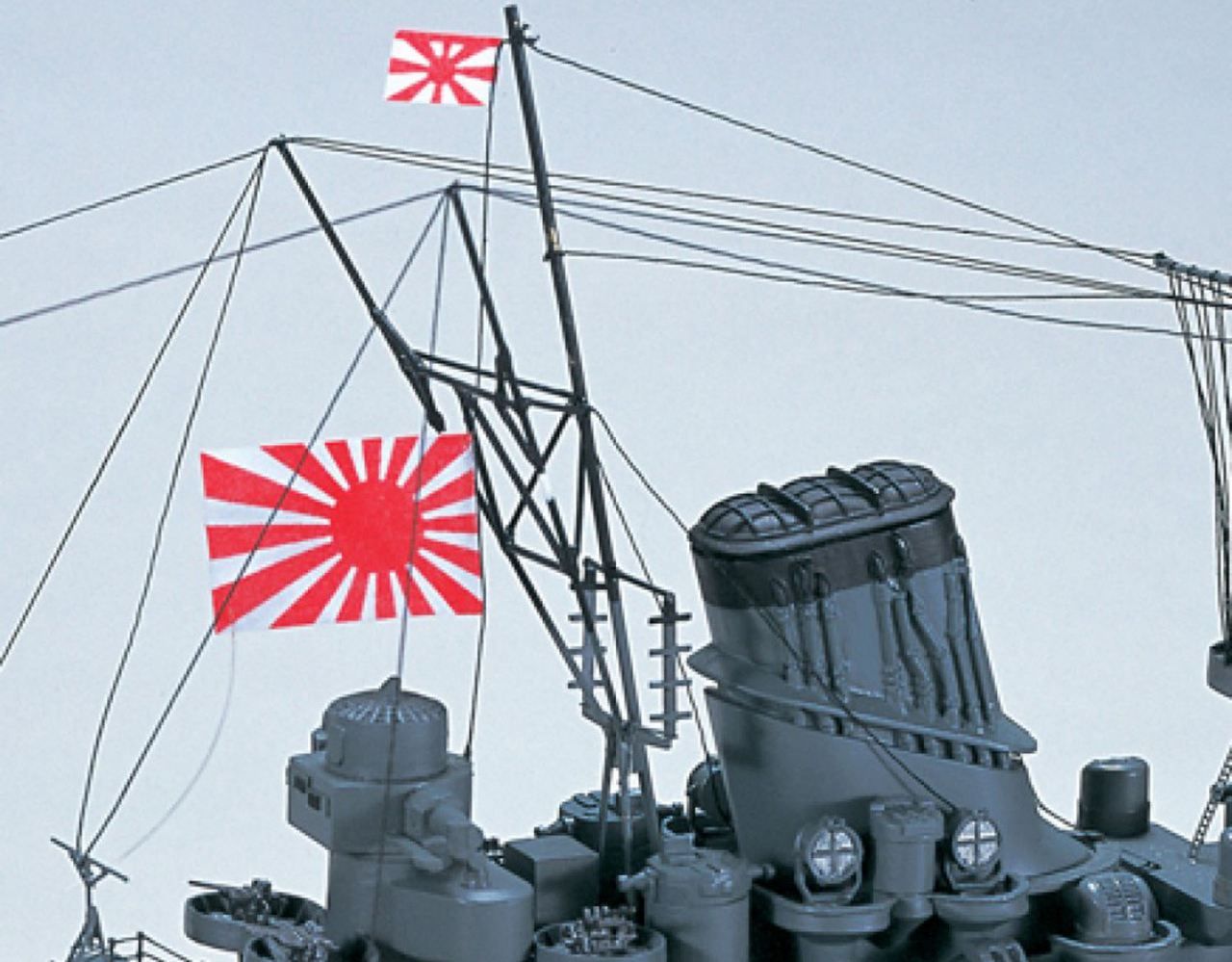
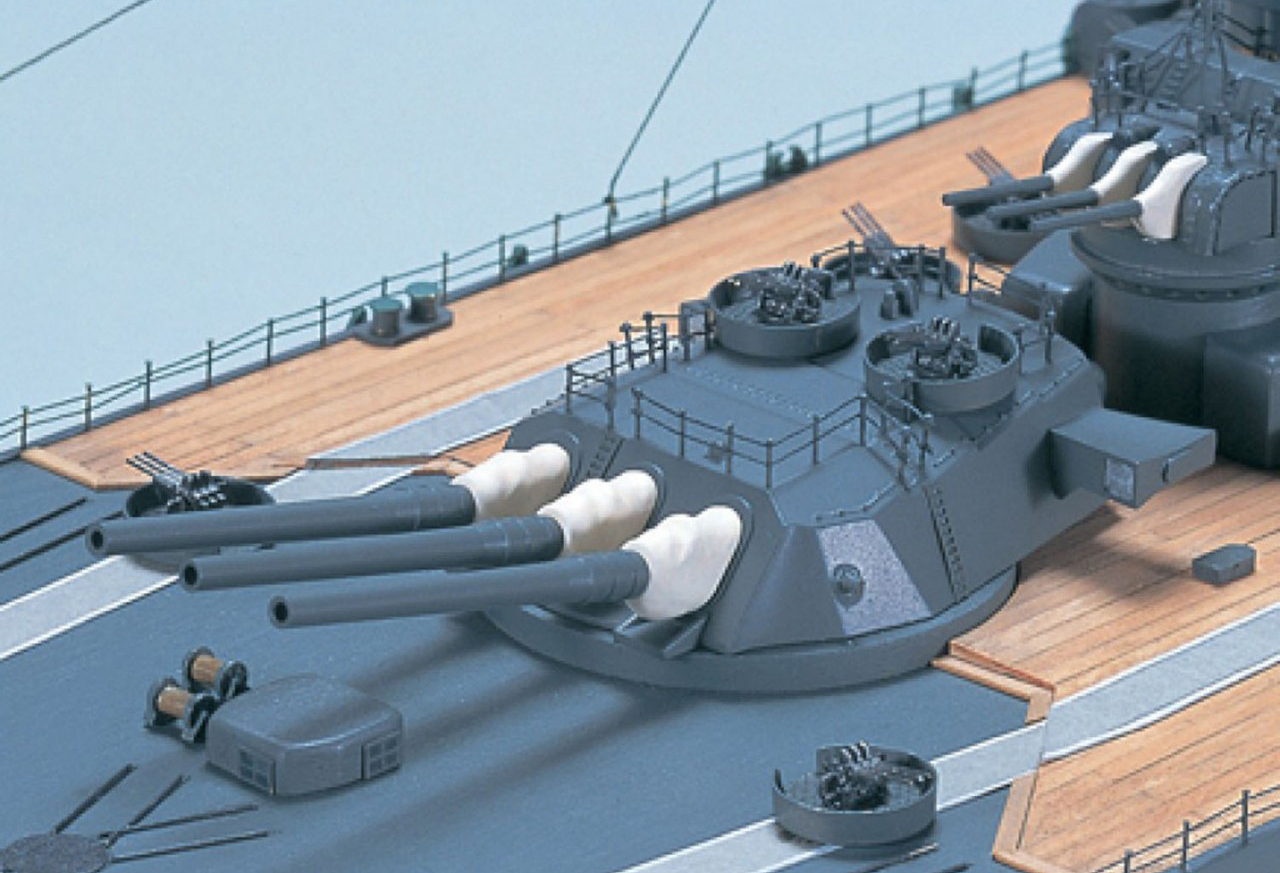
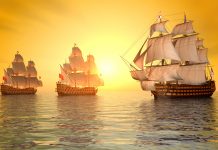

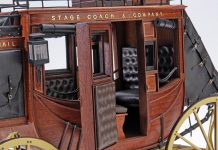



That’s really nice post. I appreciate your skills. Thanks for sharing.